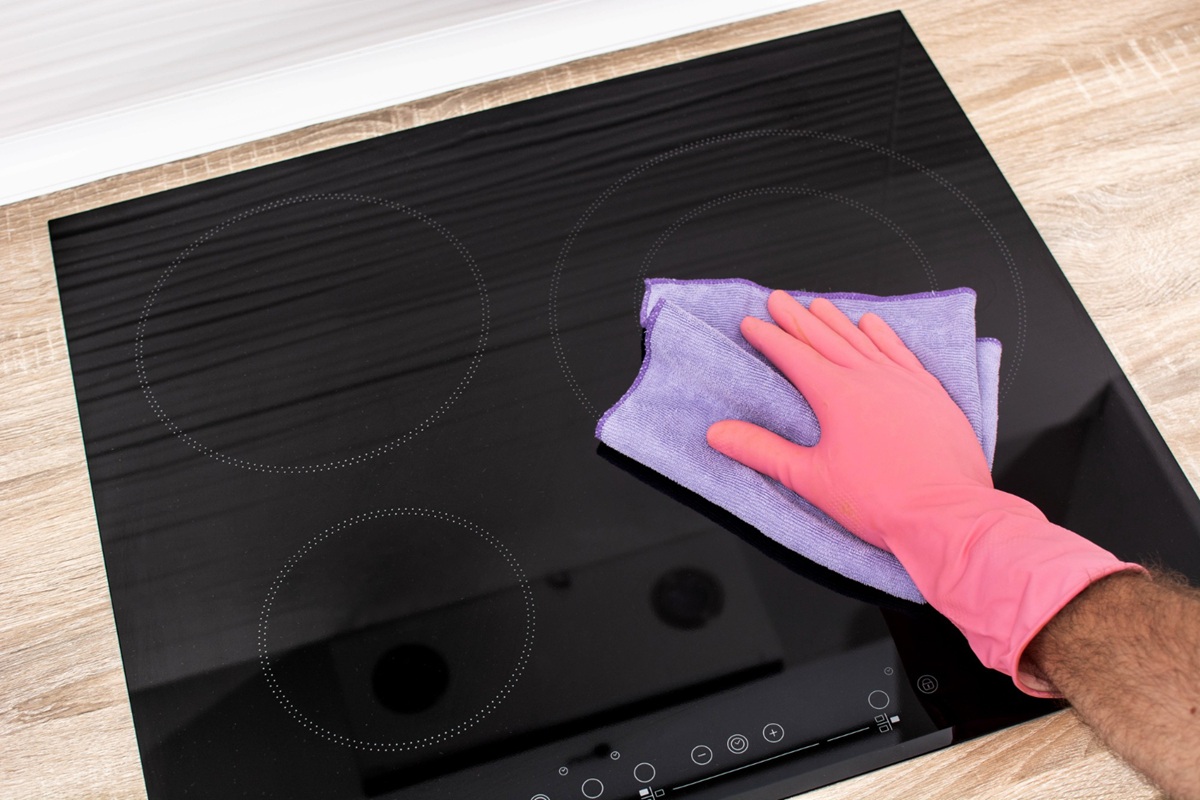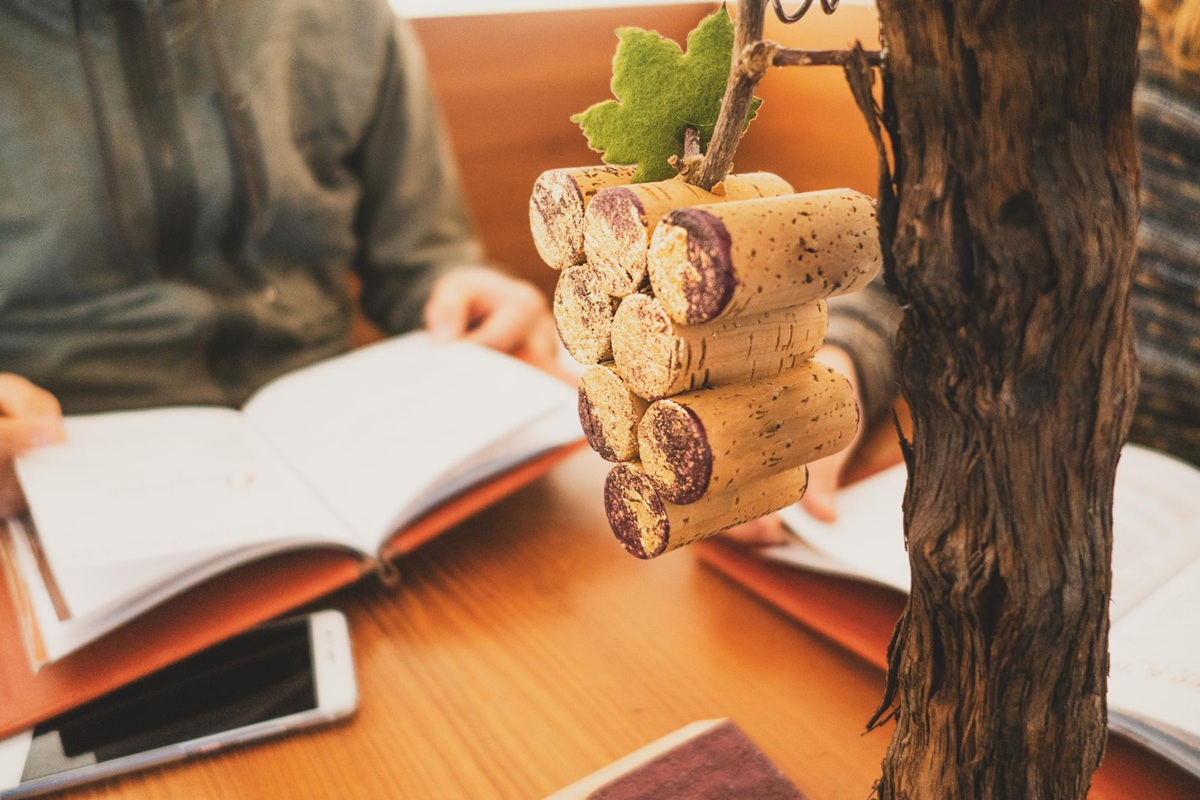Do you enjoy using a glass-ceramic cooktop but find yourself quickly discouraged by stubborn stains? Baked-on spots, cooking splatters, limescale deposits… these nuisances can seem difficult to tackle. Here are some natural and eco-friendly solutions for cleaning your cooktop easily while maintaining its shine and pristine condition.
1. Keep your cooktop clean with black soap
No need for harsh chemicals to maintain your cooktop after each use. Liquid black soap, mild and completely natural, works wonders on a daily basis. A small amount on a moistened sponge with warm water is more than enough to remove cooking residues.
Wipe the sponge over the warm surface of the cooktop. In just a few strokes, the splatters disappear. To finish, a dry microfiber cloth prevents limescale marks from forming.
Black soap deeply degreases while respecting the glass surface. This simple act of regular maintenance helps keep your cooktop spotless without effort or aggressive products.
2. Bring back the shine with white vinegar
The famous white vinegar is also one of your best allies against those pesky deposits left by hard water or persistent stains.
Use it as follows:
- Mix an equal amount of water and white vinegar in a spray bottle.
- Spray over the entire surface of the glass-ceramic cooktop.
- Let it sit for 2 to 3 minutes, then wipe down with a clean cloth.
Thanks to its natural descaling and disinfecting properties, this is an ideal solution for perfect kitchen hygiene.
3. Lemon for the most stubborn stains
Did you know that lemon is an excellent natural cleaner? The acidity of this fruit effectively breaks down tenacious dirt like carbonized residues.
Here’s how to use it:
- Simply cut a fresh lemon in half.
- Rub it directly over the ingrained stains.
- Let it sit for a few minutes, then wipe with a soft sponge.
This economical, practical, and eco-friendly tip helps you eliminate even the oldest stains without scratching.
4. Choose clay stone for deep cleaning
If some stains persist, try the well-known effectiveness of natural clay stone. This eco-friendly product has a slight abrasive action that cleans without damaging the surface. Here’s how to proceed:
Simply take a bit of clay stone with a damp sponge and gently apply it in circular motions on your cooktop.
You will achieve effective and long-lasting cleaning because the clay stone also leaves a protective film that makes future cleanings easier.
5. Whiting for a breathtaking shine
For a perfect finish and a stunning shine, you will definitely want to try whiting. This fine, natural limestone powder ensures impeccable results on your glass-ceramic cooktop.
Mix it with a little water to form a slightly thick paste that you can apply to the surface. Gently rub with a clean cloth, then rinse with clear water. A brilliant effect is guaranteed!
What about you? Which natural tip do you regularly use to maintain your glass-ceramic cooktop? Have you tried any of these eco-friendly solutions? Feel free to share your experiences in the comments! Your advice will undoubtedly be very helpful to the community.






